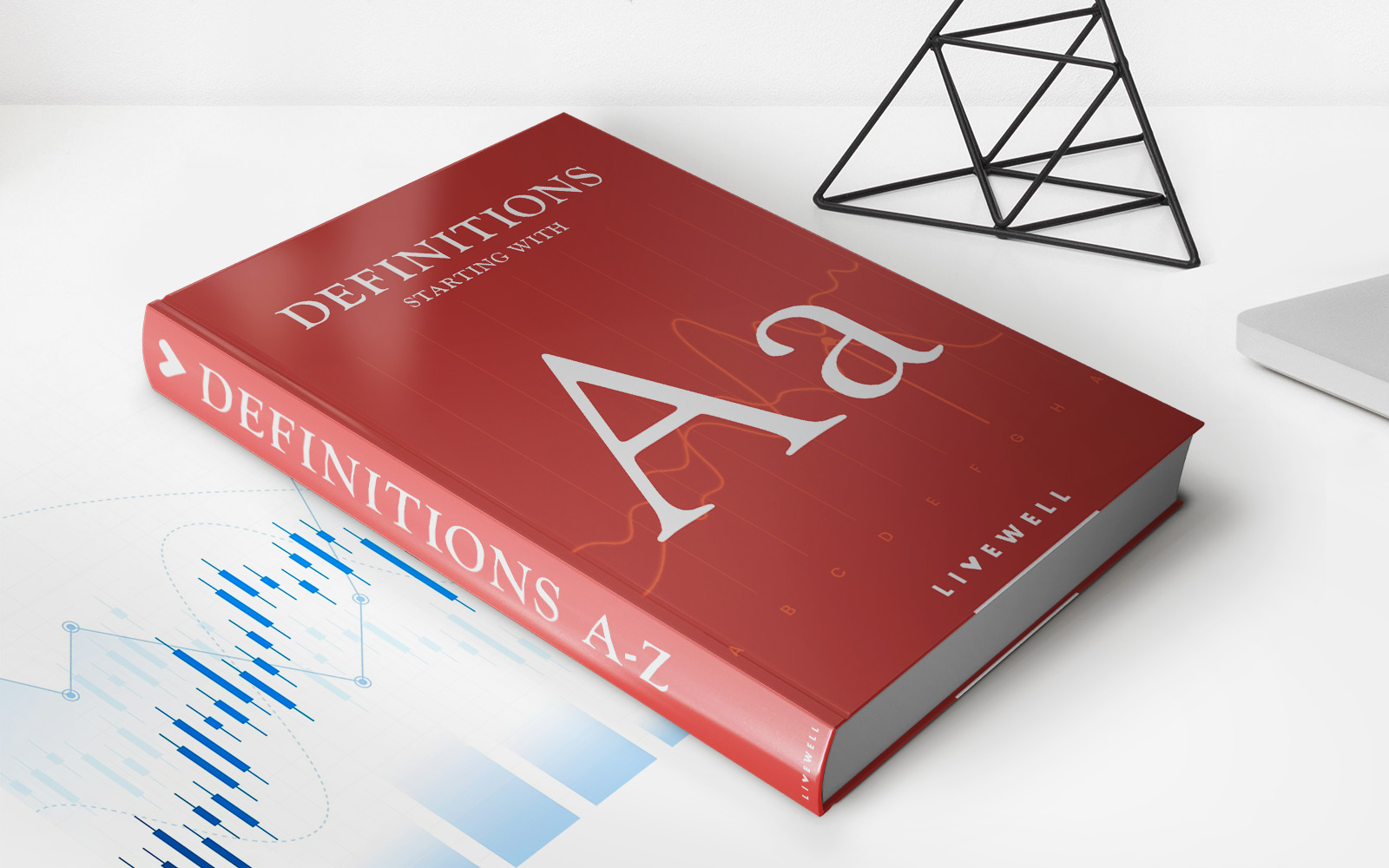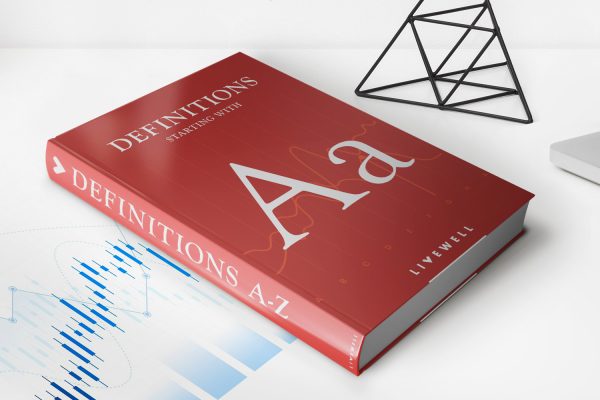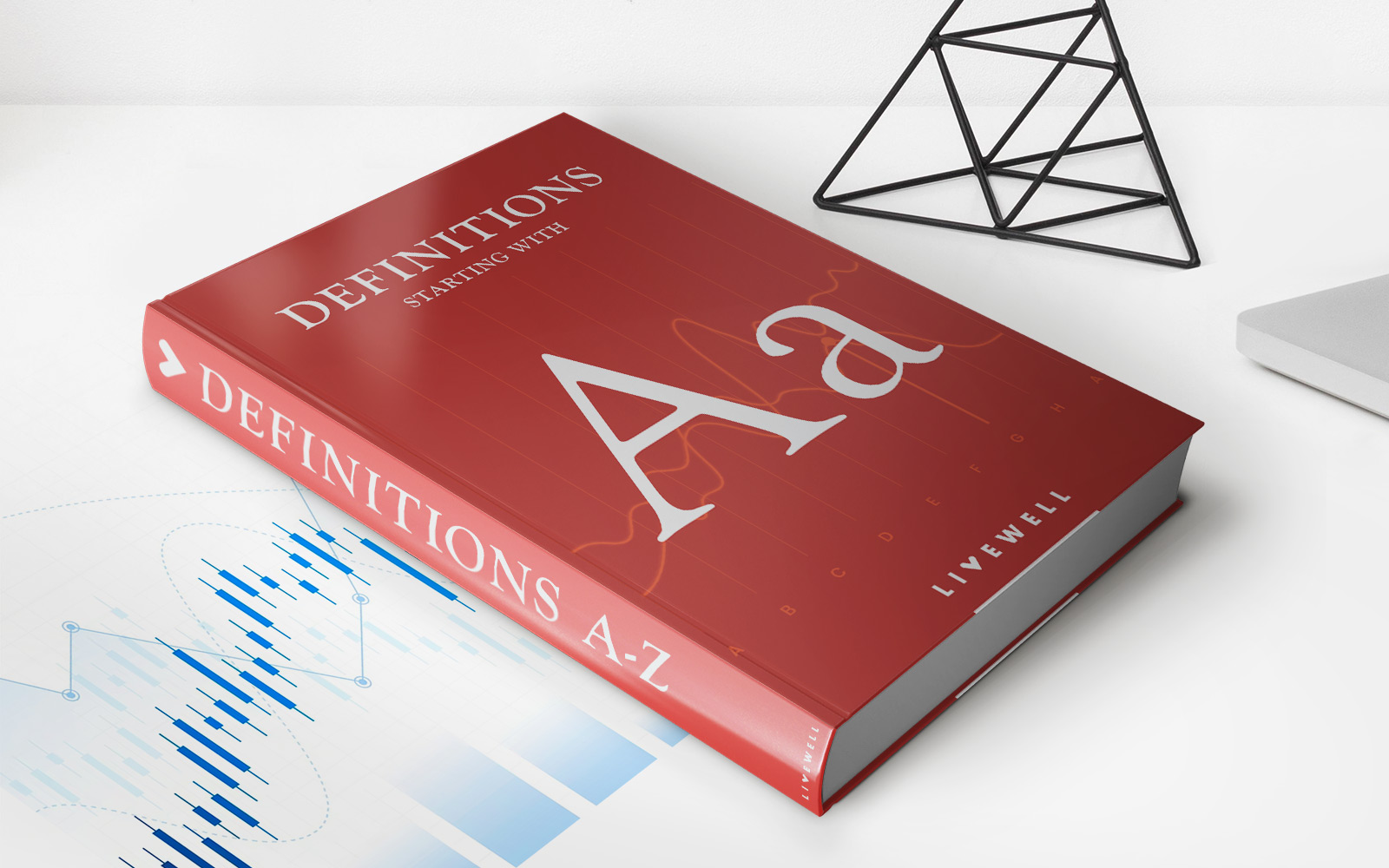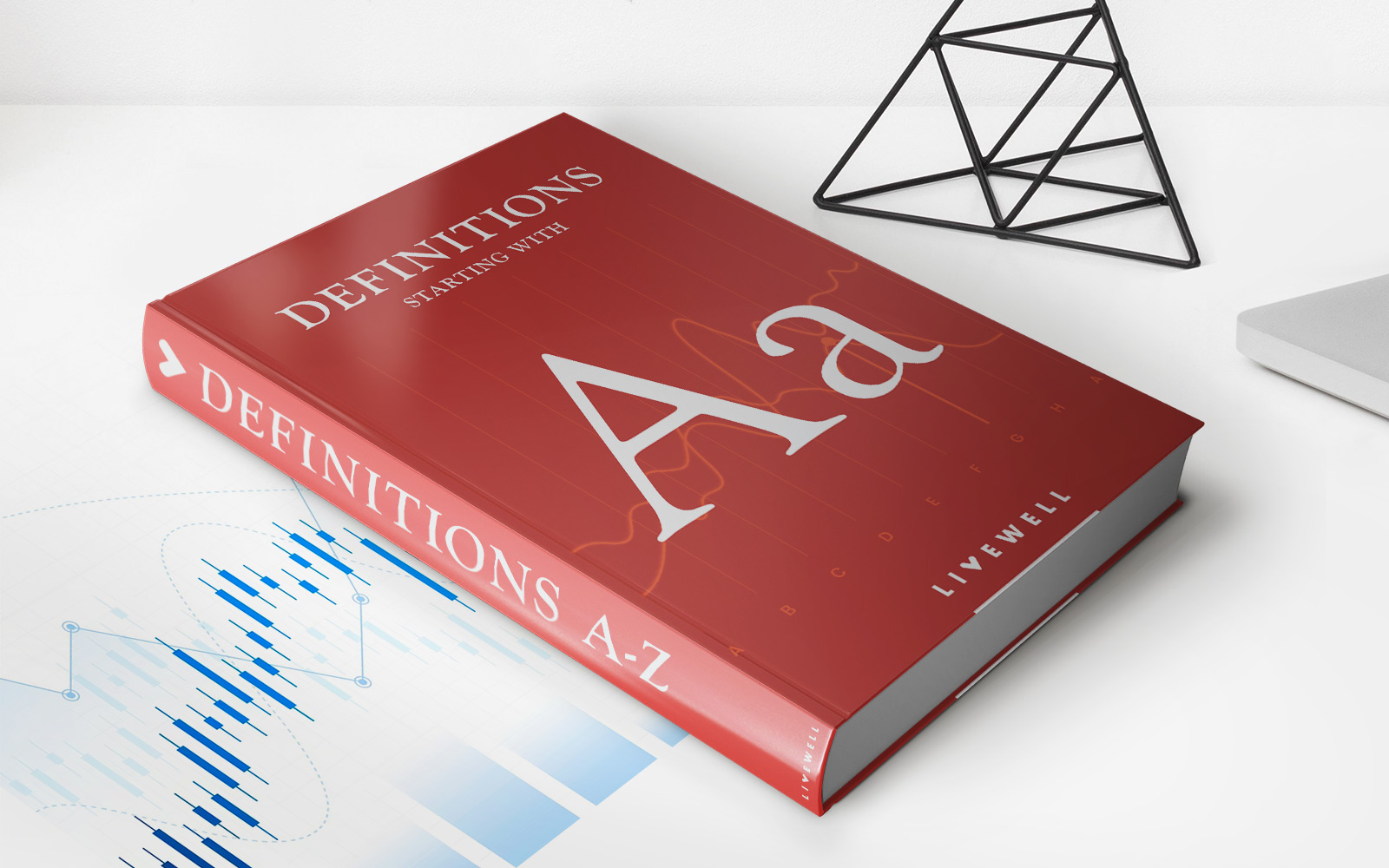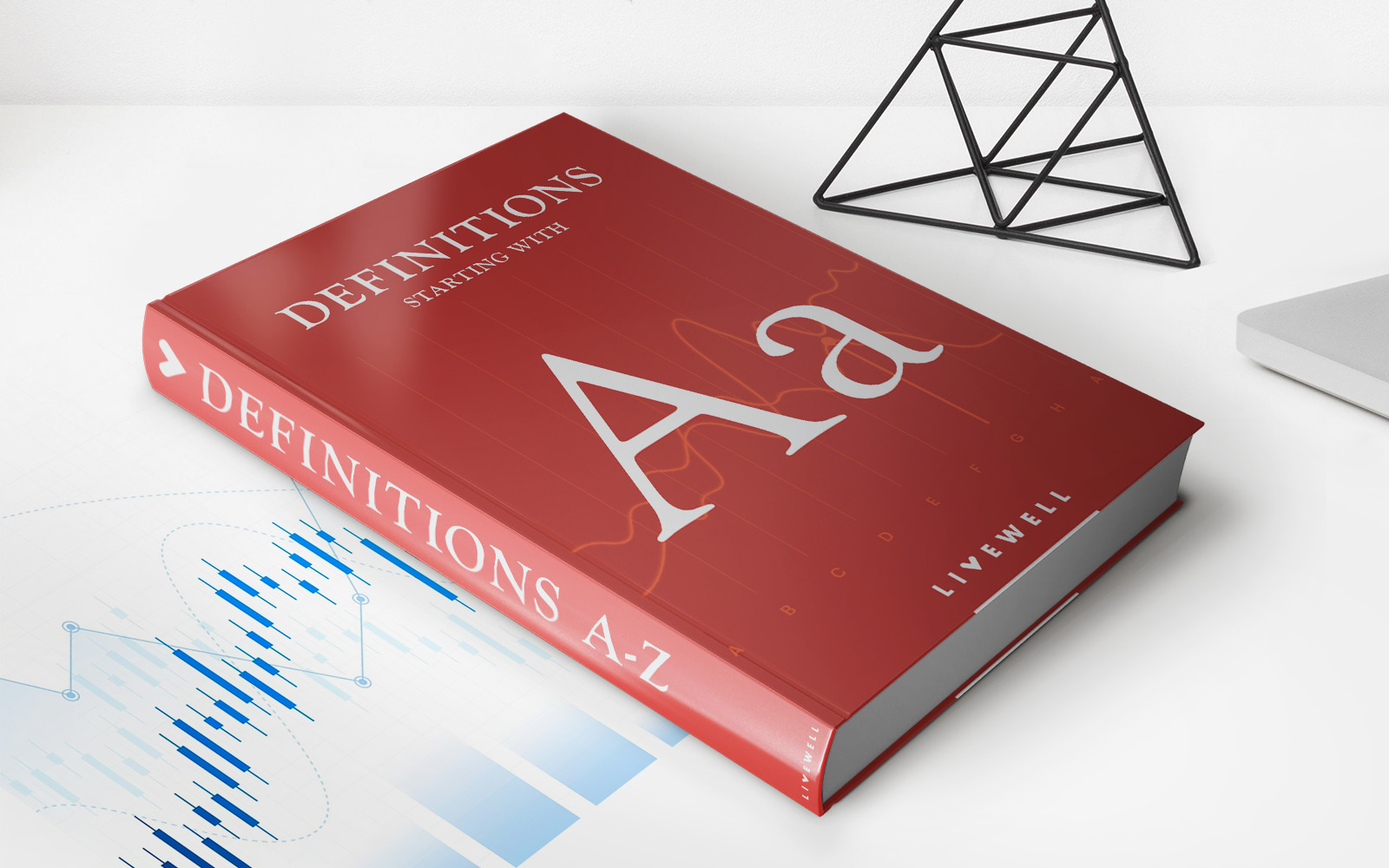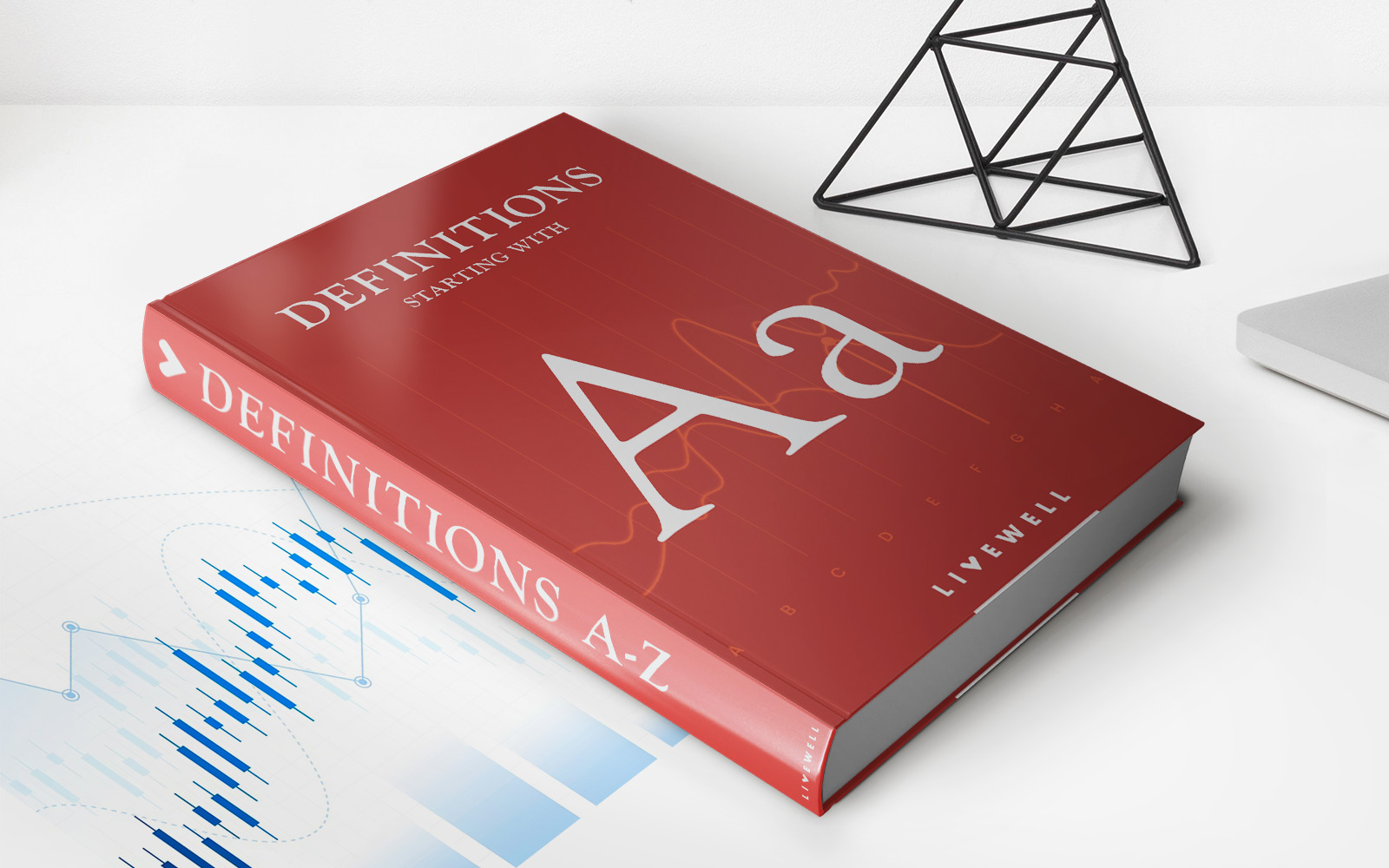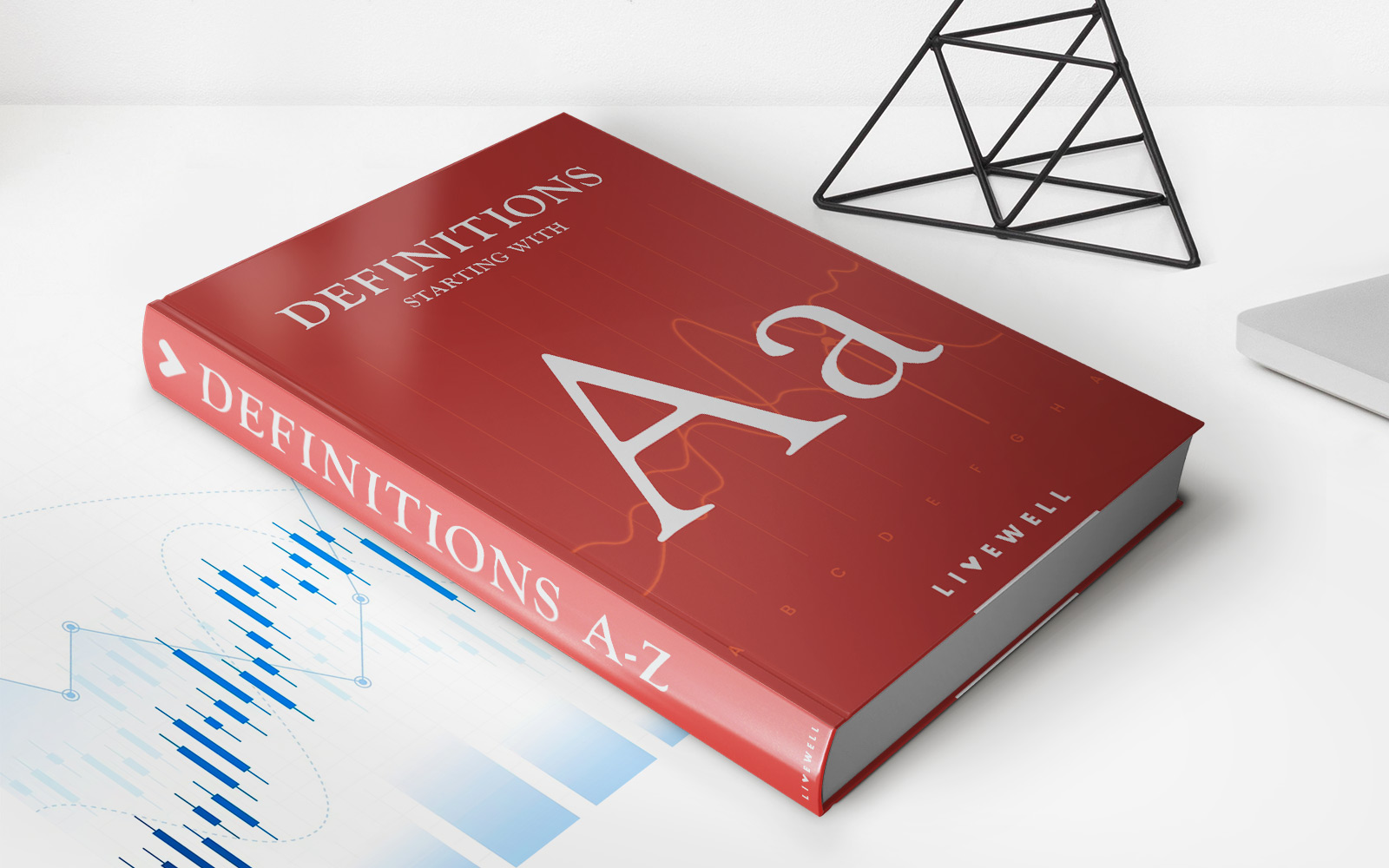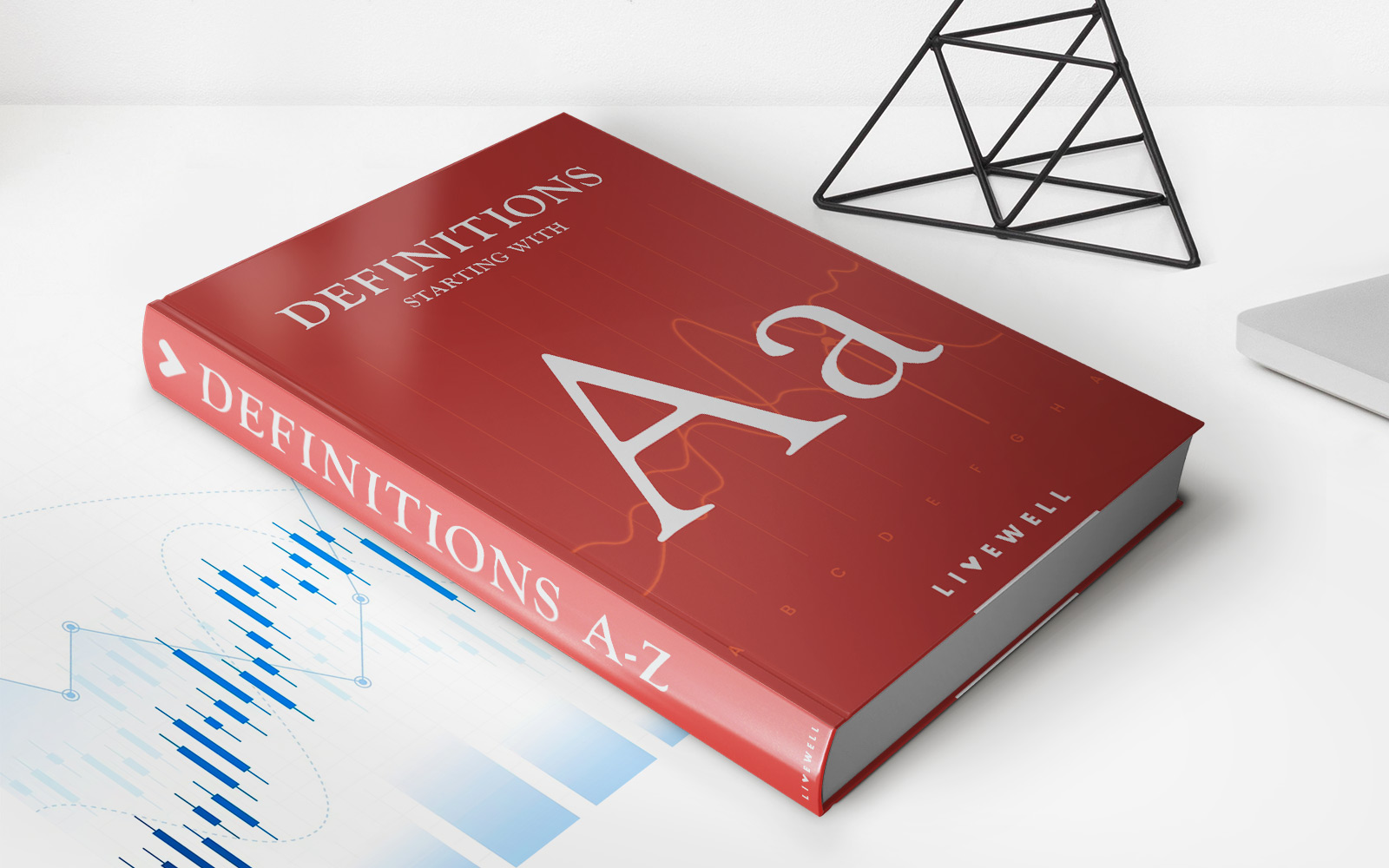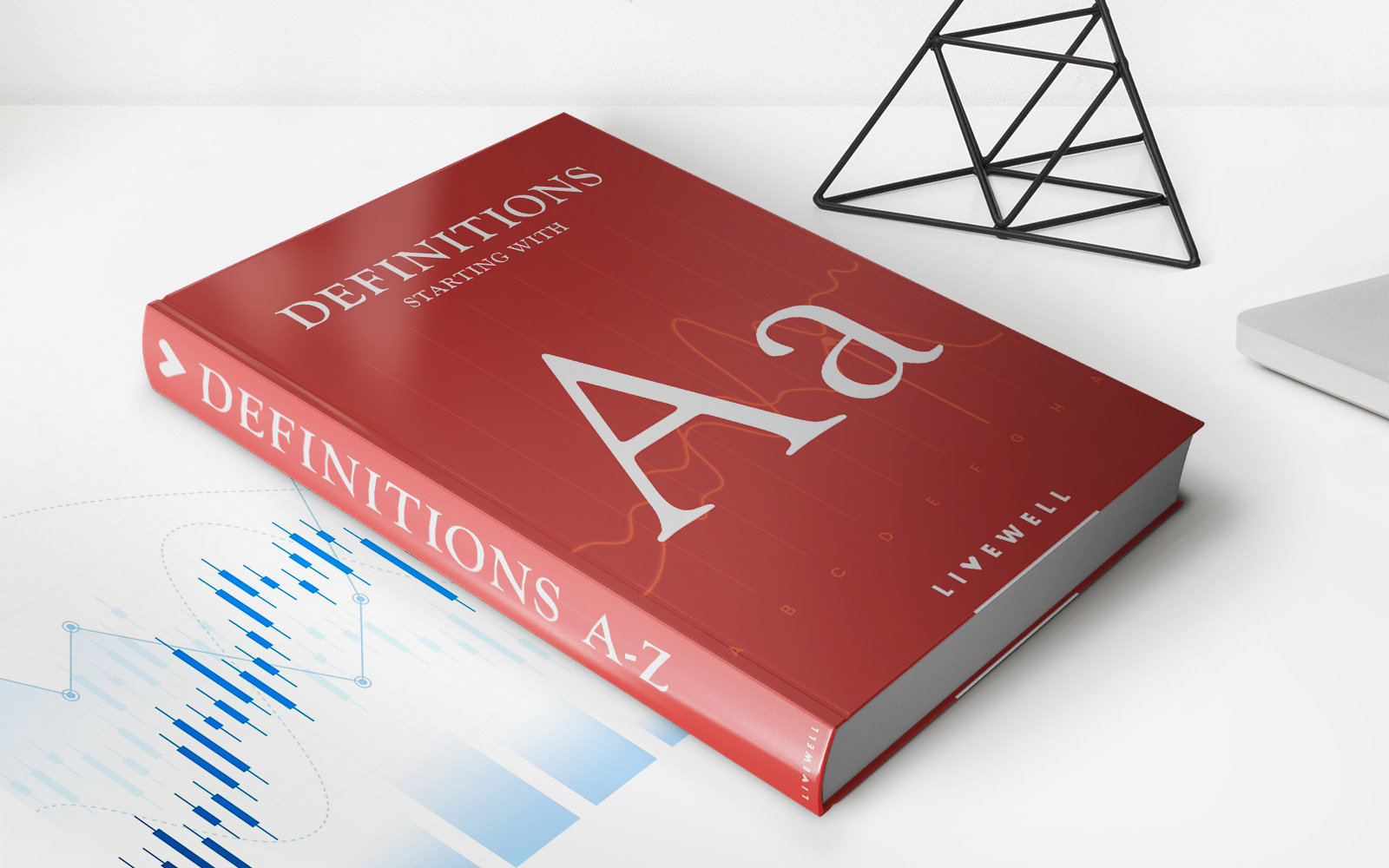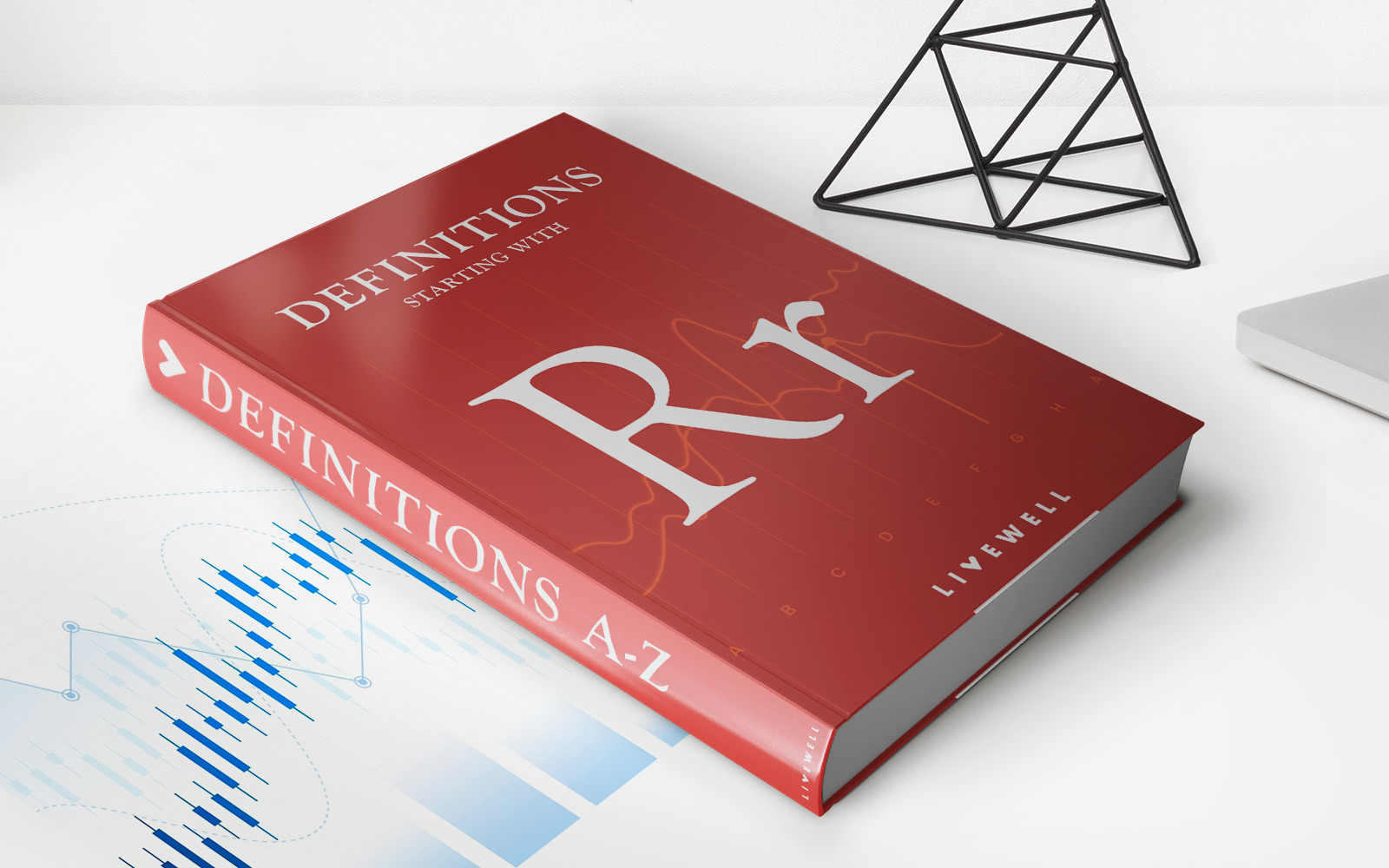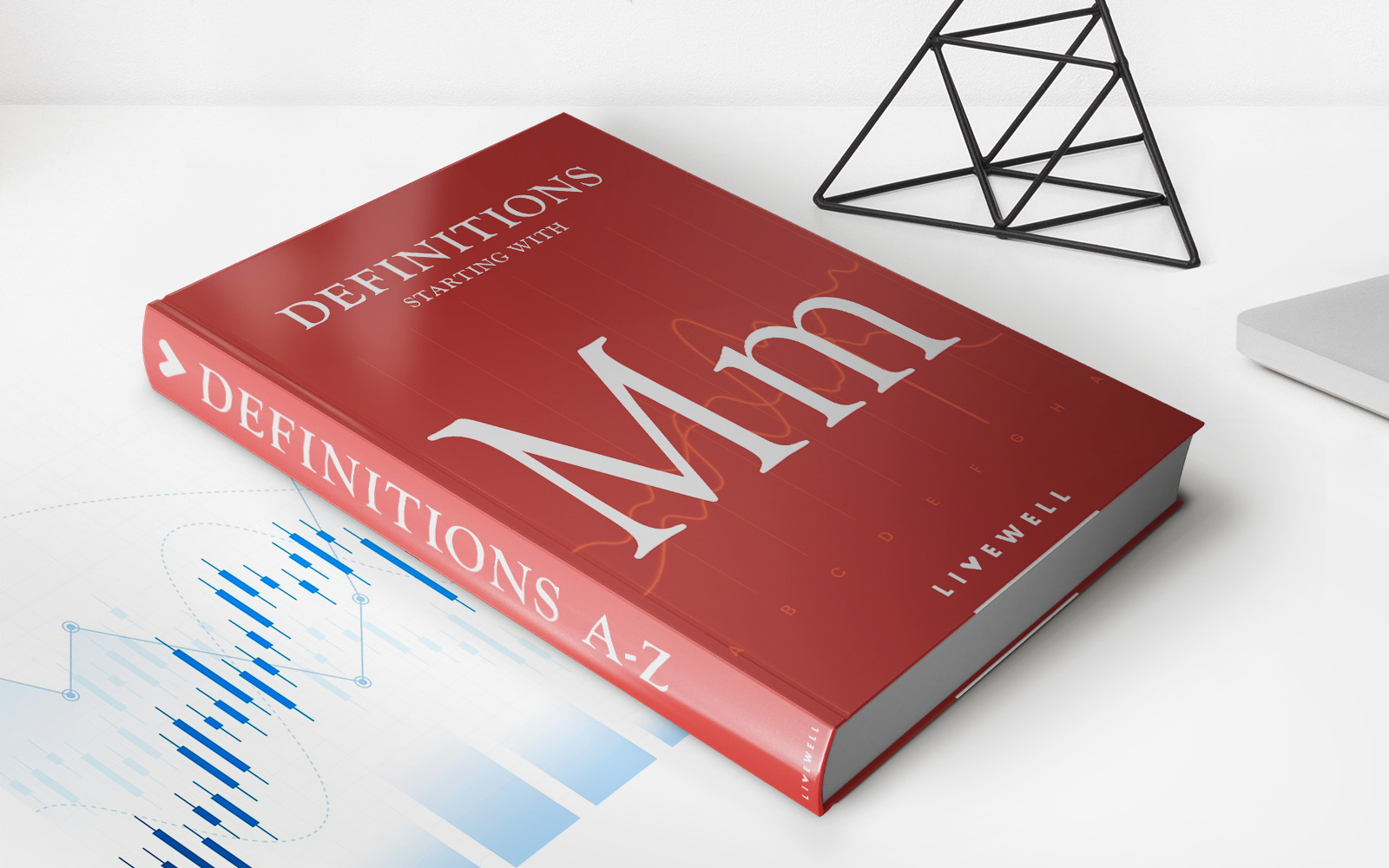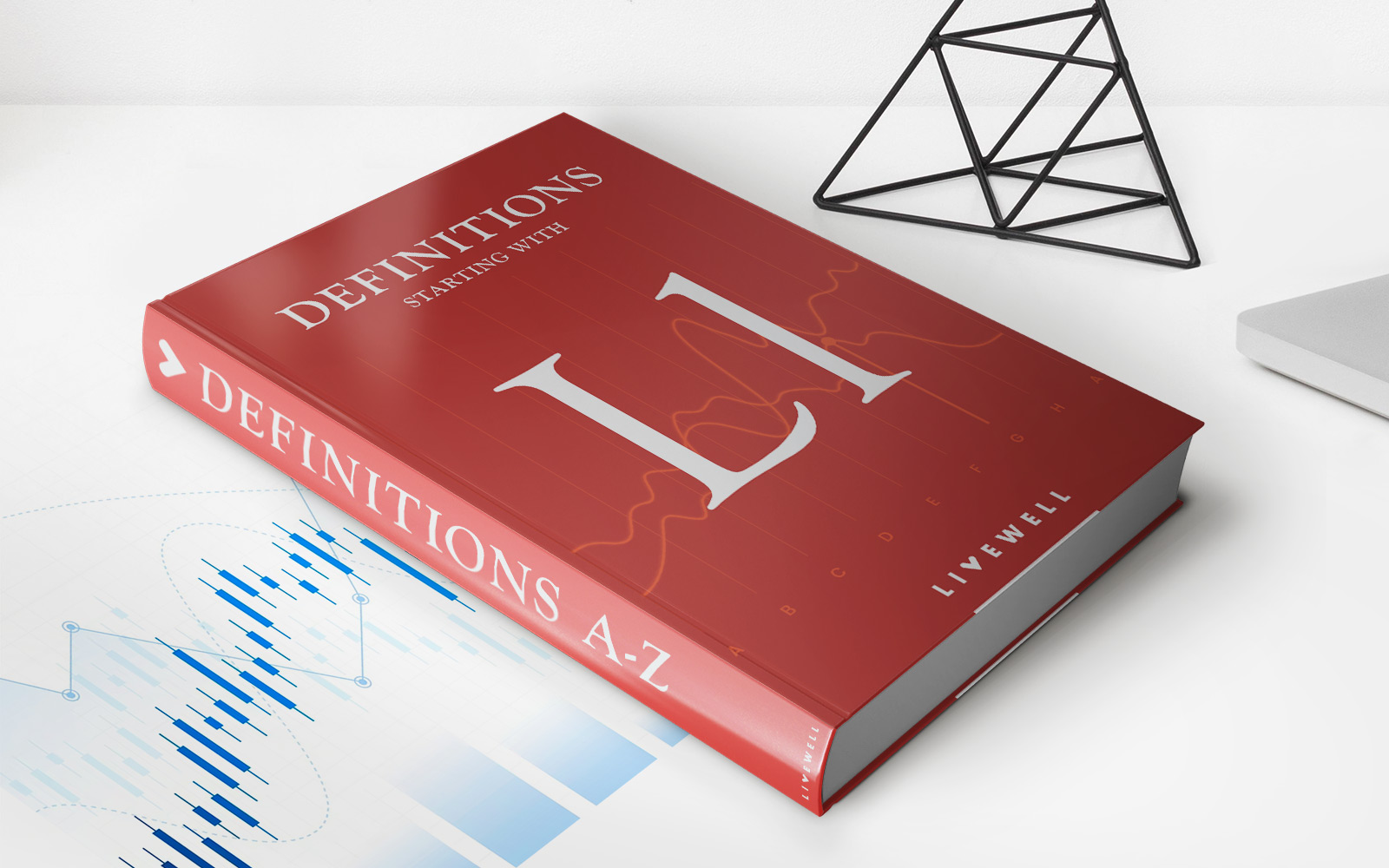

Finance
Lucas Wedge Definition
Published: December 21, 2023
Learn about the Lucas Wedge in finance and how it impacts economic stability. Explore the definition, causes, and effects in this comprehensive guide.
(Many of the links in this article redirect to a specific reviewed product. Your purchase of these products through affiliate links helps to generate commission for LiveWell, at no extra cost. Learn more)
What is Lucas Wedge? Understanding the Definition and Implications
Welcome to our FINANCE category! In this blog post, we will delve into the concept of Lucas Wedge and explore its definition and implications in the world of economics. So, let’s jump right in and uncover this intriguing term that has gained recognition among financial experts and scholars.
Key Takeaways:
- Lucas Wedge refers to the gap between the potential and realized output of an economy caused by inefficiencies in resource allocation.
- Understanding the Lucas Wedge can help policymakers formulate strategies to enhance economic growth and efficiency.
The term “Lucas Wedge” was coined by Nobel laureate economist Robert E. Lucas Jr., who introduced this concept as a way to explain fluctuations in economic output. The Lucas Wedge represents the difference between what an economy could potentially produce (potential output) and what it actually produces (realized output).
Now, you may be wondering, what causes this gap? The Lucas Wedge can be attributed to inefficiencies in resource allocation within an economy. These inefficiencies can arise due to various factors such as:
- Information asymmetry: When economic agents have unequal access to relevant information, it can lead to suboptimal decisions and resource misallocation.
- Imperfect markets: Markets that do not operate perfectly can hinder the efficient allocation of resources, resulting in the Lucas Wedge.
- Government intervention: In some cases, government policies and regulations can impede the efficient functioning of markets, leading to a gap between potential and realized output.
The implications of the Lucas Wedge are significant for policymakers and economists. By understanding the factors contributing to this gap, policymakers can formulate strategies to reduce resource misallocation and promote economic growth. Implementing policies that aim to enhance market efficiency, reduce information asymmetry, and streamline regulations can help narrow the Lucas Wedge and lead to increased economic output.
In summary, the Lucas Wedge represents the difference between what an economy could potentially produce and what it actually produces, arising from inefficiencies in resource allocation. By addressing the factors contributing to this wedge, policymakers can strive to foster economic growth and improve overall efficiency.
